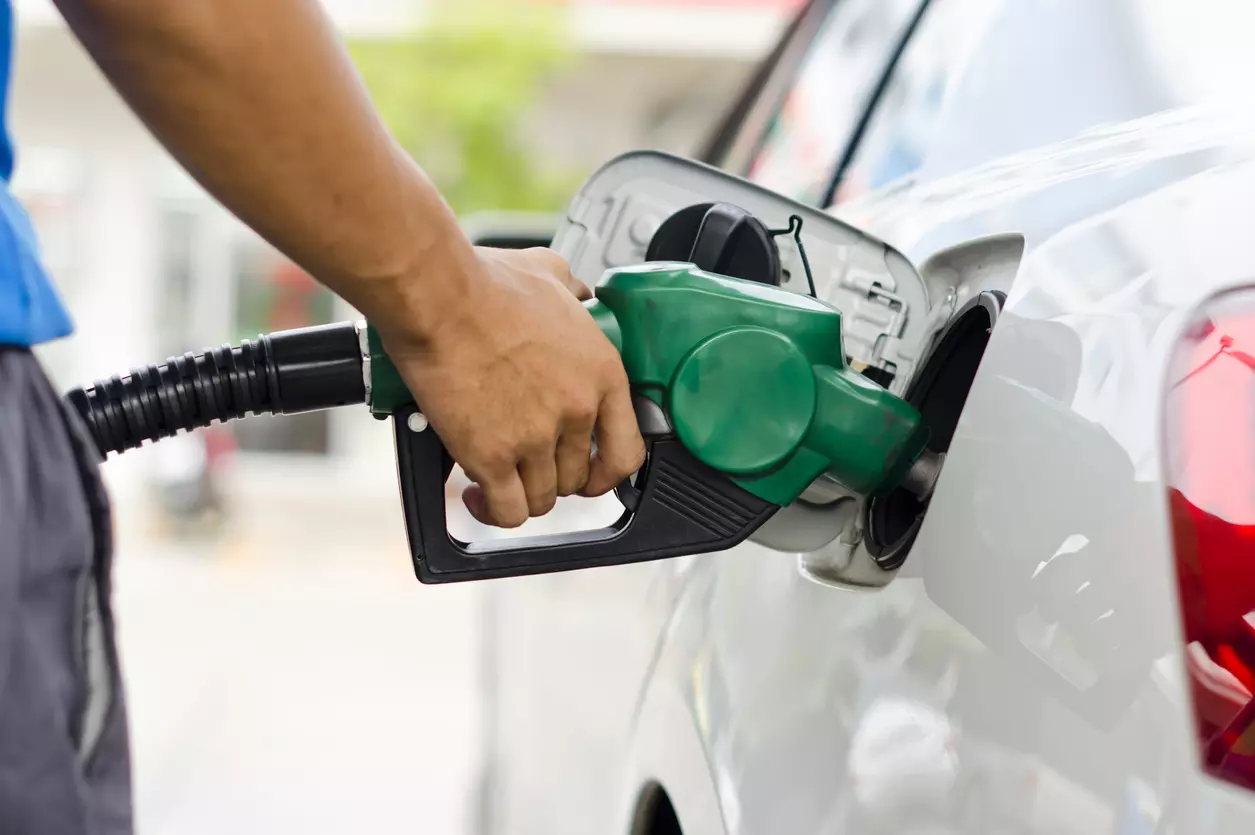
‘Atmanirbhar’ India joins select list of countries that make ‘reference’ fuel
These fuels, which have higher specifications, are critical for calibrating and testing by automobile manufacturers and testing agencies

India on Thursday (October 26) began producing “reference” petrol and diesel, joining a select league of countries which make the highly specialised fuel used for testing automobiles.
Launching it, Oil Minister Hardeep Singh Puri said the start of production of “reference” fuel was another step towards Aatmanirbhar Bharat (self-reliant India) as it will end imports.
These fuels, which have higher specifications, are critical for calibrating and testing by automobile manufacturers and testing agencies like the International Centre for Automotive Technology (ICAT) and the Automotive Research Association of India.
For decades, India has relied on imports to meet the demand for these specialised fuels.
Now, Indian Oil Corp (IOC) has indigenously developed products that will replace imports, ensuring a reliable supply at a much lower cost for vehicle makers and testing agencies.
Puri said there were only three suppliers of reference fuel in the world, including US giant Chevron.
How the fuel is different
IOC's Paradip refinery in Odisha will produce the “reference” grade petrol while its Panipat unit in Haryana will produce similar quality diesel.
Fuel retailers like IOC sell petrol and diesel of primarily two kinds — regular and premium. The biggest difference between the normal and premium fuel lies in the octane number.
The regular fuel has an octane number of 87, but premium fuel has an octane number of 91. “Reference” grade fuel comes with 97 octane number.
The octane number is a unit to measure the ignition quality of petrol or diesel.
For vehicle testing purposes, the fuel has to be of a higher grade than regular or premium petrol and diesel. The host of specifications — from Cetane number to flash point, viscosity, sulphur and water content, hydrogen purity and acid number — are listed under government regulations, such fuels are referred to as “reference” petrol/diesel.
These reference fuels are used for emission testing of vehicles equipped with spark ignition engines.
Cost advantage
Puri said producing “reference” fuel domestically will also have a cost advantage.
Against the price of Rs 90-96 per litre for regular petrol and diesel, the imported “reference” fuel comes for Rs 800-850. Producing it domestically will cut its cost to around Rs 450 a litre.
IOC in line with the government's objective of becoming atmanirbhar has started producing the fuel at its refineries, company chairman SM Vaidya said.
After meeting the domestic requirements, IOC will also tap the export market for the fuel.
The minister spoke about the four-pronged energy security strategy adopted by the government to make the nation 'energy-independent' by 2047.
These include diversification of energy supplies, increasing exploration and production footprint, alternate energy sources and meeting energy transition through gas-based economy, and green hydrogen and EVs.
Vaidya said the indigenously developed reference fuel will lead to import substitution at better price and minimum lead time for the vehicle manufacturers.
(With agency inputs)

